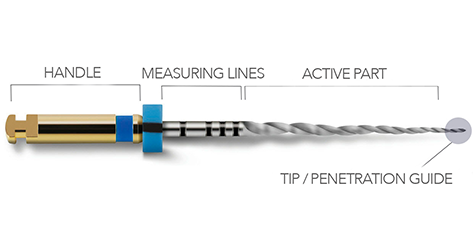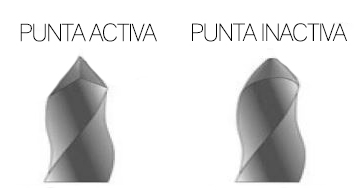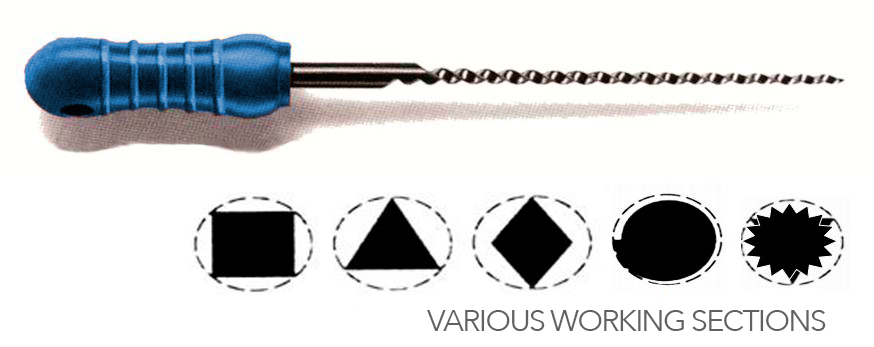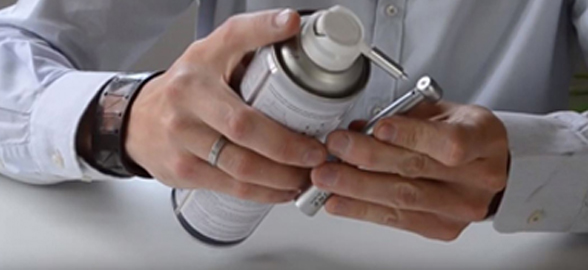Among all the endodontic instruments are the root canal preparation files. As time goes by, the technology advances and new and better files are designed to treat each clinical case with greater precision and comfort.
It is true that the big question for dentists is which system is more complete, but the answer is that there is no such thing as a perfect system.
Depending on the clinical case we are dealing with, one instrumentation or another will be used, in addition to the fact that it is also something that depends a lot on the endodontist's methodology, since some are more conservative than others. Even many endodontists alternate and combine hand files, as K files remain even more practical and necessary, with mechanized files that are more expensive and fragile in the distal segments.
Introduction to Endodontic Files
Before we begin with the central theme of the post, the manual files, we remind you the most important parameters to consider about endodontic files:

Classification Endodontic instruments are divided into 4 groups:
- GROUP 1. Instrumentation to prepare the canal manually.
- GROUP 2. Instrumentation to prepare the duct in a mechanized or rotary manner.
- GROUP 3. Trephines to be used mechanically (Weight burs, Gates glidden, etc.).
- GROUP 4. Instruments and materials for sealing the duct (paper cones, condensers, etc.).
Number of instruments in each system.Depending on the manufacturer, some files will have more intermediate numbers or different tapers.
ISO Classification. Not all files meet the requirements for this classification. To be part of it, they must meet the following:
- The caliber of the file is numbered from 10 to 100, with jumps from five units to size 60 and jumps from ten units to size 100.
- The cutting edges start at the tip of the instrument with the so-called diameter 0 (D0) and extend exactly 16 millimetres to the stem, ending at diameter 16 (D16).
- The diameter of D16 will be 32/100 or .32 mm larger than that of D0.
- These measures ensure a constant increase in taper of 0.02 mm. for each instrument regardless of size.
- The angle at the tip should be 75º ± 15º.
- The numbers 6 and 8 were added more recently for greater versatility.
Type of cut and section

Number of uses of each. It is important to know how many times a file can be used to avoid fractures and accidents. Manufacturers recommend discarding the instrument after the first use, but it is true that many times this is not put into practice because of the cost.
There is no exact rule for calculating the number of uses of each file. But in order to anticipate the fracture, the following must be taken into account:
- The state of the conduit to be treated. The more curved the duct, the more the file will be forced.
- The stress to which the file is subjected. It is necessary to know the properties of the NiTi material as well as possible. The manufacturers of these instruments recommend a maximum of 8 conduits (not teeth) if they are straight and smooth, and reducing the number of uses as the conduit becomes more difficult, but it is necessary to observe the file well before proceeding, and when the first doubt discards it.
- It is not the same to use thick and resistant files as it is to use fine and flexible ones. Ideally, ducts can be classified as easy, medium and difficult, but there are many shades in between. Of course, in difficult ducts the files will be changed before the easy ones, but you should not always follow this rule.
In conclusion, each time a file is used, it must be carefully observed. The final decision is made by the dentist.
Active or inactive tip? Depending on the case, one or the other will be used, although the inactive tip is safer since with it it is more complicated to perforate the conduit by the passivity of its force in the cut, while the active tip has a greater cutting edge in the cusp.

Having said that, let's get down to business!
Manual Endodontic Files
Below we detail all the manual files with their main characteristics:

1. K files
The most used to prepare the root canal. Over time they have varied from square section to triangular and rhomboidal, giving rise to the files K-Flex and Flex-R.
- From 1.97 to 0.88 cutting striations per millimeter.
- Helical angle of 45°.
- Available in 21, 25 and 31 mm lengths.
- From caliber 6 to 140.
- Twisted instrument.
2. C and C+ files
3. Flexible Endodontic Files
Unlike turned files, the Triple-Flex is highly resistant to breakage, even under high stress situations. Twisted instrument.
4. Hedströem files
They drag large amounts of tissue in their traction cut.
- They have a helical shape.
- A turned instrument.
- They cut in a single direction, retraction, due to the positive inclination of their grooves.
5. Reamers
It has the characteristic of producing passive grinding. It will have 0.80 to 0.28 cutting grooves per millimeter on its part. It has a triangular cross-sectional configuration. Functions:
- Wide the canal evenly and progressively.
- Remove material from the canal.
6. Nerve puller
Progressively falling into disuse as it is very aggressive, it is only used in cases of very wide canals.
Now that you know all about hand files, take a look at the best-selling files:
Not so fast! There are still the rotating files.Click here to know the most important thing about them in a very visual article with punctual and practical content.
Are you a student of dentistry? Be sure to have a look at our special section for students
And if you liked this article, what are you waiting for? Share!





